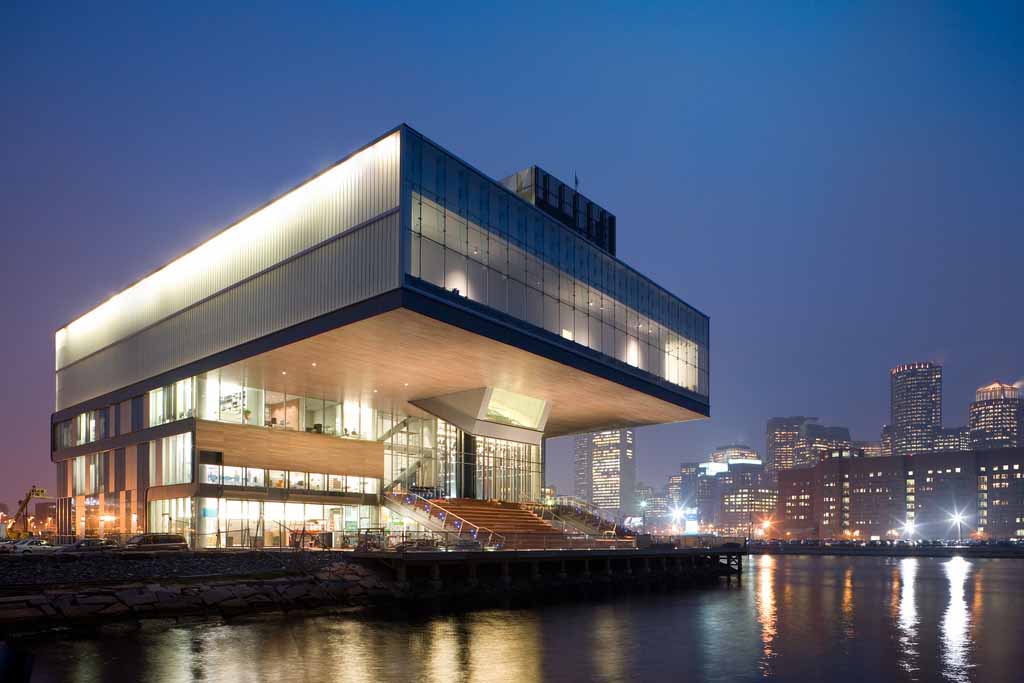Tons of confusion surrounds the subject regarding the differences between modern and contemporary styles. Though these two terms are often used interchangeably, they are two completely different design styles. Here are some differences to help clarify and distinguish modern and contemporary styles.
Modern Style
People think the modern style is new and recent right? Wrong! The concept of modern style was created by the German Bauhaus schools of design and the Scandinavians in the very late 1800s during the Modernism movement. Eventually, the term “modern style” evolved into Midcentury Modern and, later, postmodernism. A modern style follows a strict style format that emphasizes simplicity and function. It is rarely seen as stark or cold, utilizes natural or neutral colors, and favors strong lines.
Contemporary Style
The contemporary style is actually more ‘modern’ than the modern style itself. It became viral in the 1970s and started as a blend of styles rather than its own unique concept. Though it stole a few elements from the modern style, it also borrowed ideas from numerous other styles, such as Art Deco, Deconstructivism, Futurism, and more. The contemporary style promotes a high level of variation in its interiors, rather than following a strict style format. Also, the contemporary style possesses a bold starkness, allows the use of extreme colors on the color scale, and favors curves.
Similarities?
Despite the numerous differences, modern and contemporary styles share significant traits similar to each other. For example, both styles lean towards the utilization of simple, orderly spaces with smooth, clean lines, and aesthetic stylishness. They both shy away from over-elaborate designs or intense elements, though the contemporary style is starting to break these limits as it is continually evolving. Lastly, both styles utilize sofas, chairs, and ottomans with exposed legs and heavily use reflective surfaces achieved by metal and glass components.


